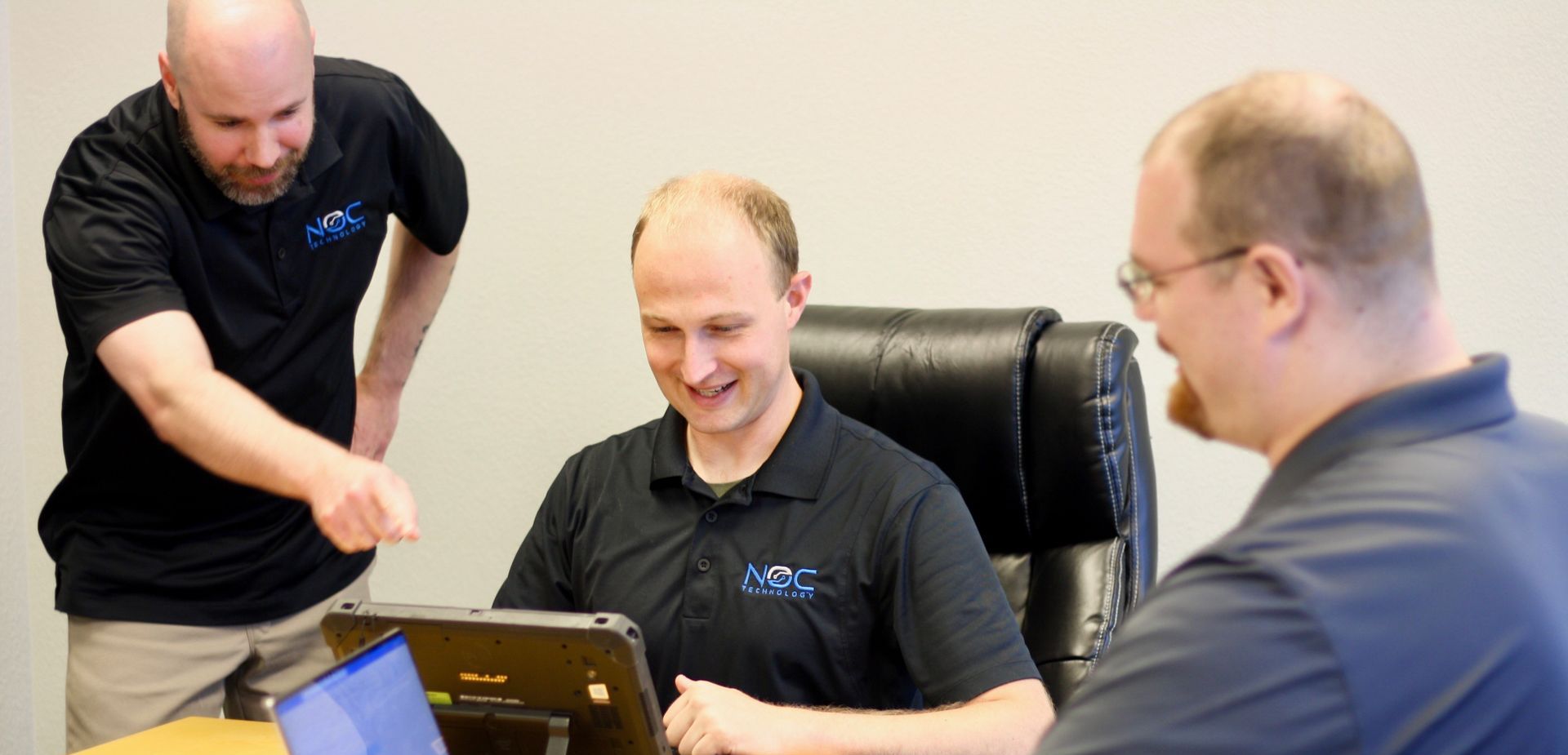What is ransomware and how to protect your business from it.
by Ted Stahl | NOC Technology
One little email can cost you big.

Ransomware is a type of malware that encrypts a victim's files and demands payment in exchange for the decryption key. It is a serious threat to businesses of all sizes, as it can cause significant financial losses and disrupt operations. In this blog, we will explain what ransomware is and provide steps that business owners can take to protect their organizations from this type of cyber-attack.
Ransomware is typically delivered to a victim through an email attachment, a malicious website, or a software vulnerability. Once the malware is installed on a device, it encrypts files and demands payment, typically in the form of cryptocurrency, in exchange for the decryption key. The attackers may also threaten to publish the stolen data or to launch a distributed denial-of-service (DDoS) attack if the ransom is not paid.
To protect against ransomware, it is essential to have a robust cybersecurity plan in place. This plan should include the following elements:
Regular Backups
Regularly backing up your data is one of the most effective ways to protect against ransomware. If your files are encrypted, you can restore them from a backup.
Employee Cybersecurity Training
Your employees are the first line of defense against cyberattacks. They should be trained to identify and avoid suspicious emails, websites, and attachments.
Network Segmentation
Segmenting your network can help to contain the spread of malware. This involves separating different parts of the network and limiting the access that each part has to the others.
Antivirus and Anti-Malware Software
Antivirus and anti-malware software can help to detect and remove malware from your devices. Be sure to keep the software updated, and run regular scans.
Software Updates
Software vulnerabilities are often exploited by attackers to deliver malware. Keep your software updated to ensure that the latest security patches are applied.
In conclusion, Ransomware is a serious threat to businesses of all sizes. It can cause significant financial losses and disrupt operations. By implementing a robust cybersecurity plan that includes regular backups, employee training, network segmentation, antivirus and anti-malware software, and software updates, business owners can help to protect their organizations from ransomware attacks.




